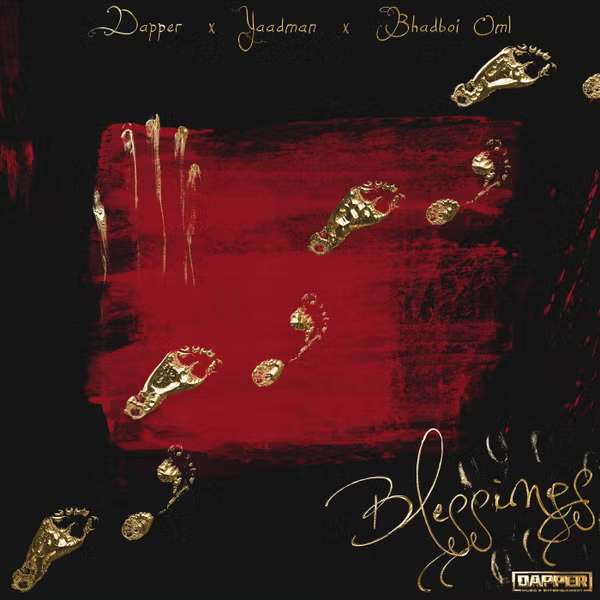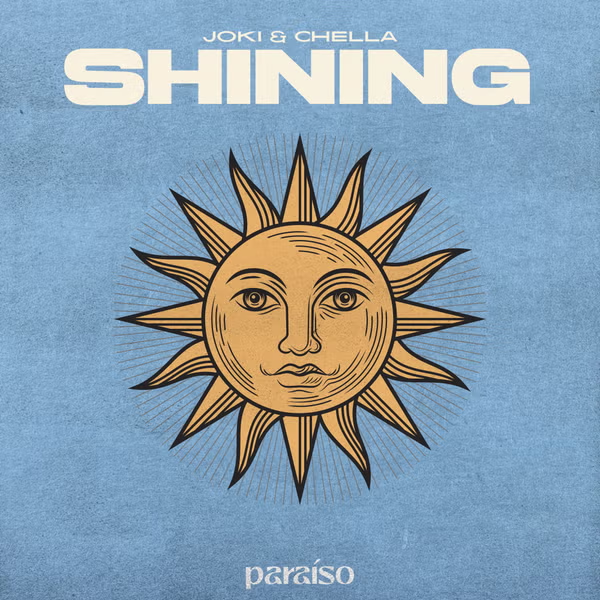How far would a father go to prove his love for a child? Eugene Cernan was the last man to walk on the moon. He visited the moon’s
neighbourhood twice, aboard Apollo 10 and Apollo 17, and also did a challenging spacewalk aboard Gemini 9.
Cernan was born in Chicago, Illinois, on March 14, 1934, son of a Slovak father and a Czech mother. He graduated from Proviso Township
High School in Maywood, Illinois. He received a Bachelor of Science degree in Electrical Engineering from Purdue University in 1956 and a
Master of Science degree in Aeronautical Engineering from the U.S. Naval Postgraduate School, Monterey, California. He also earned an
Honorary Doctorate of Law degree from Western State University College of Law in 1969, an Honorary Doctorate of Engineering from
Purdue University in 1970, and other honours from other universities.
Cernan started his career as a basic flight trainee in the Navy, racking up hundreds of aircraft carrier landings and thousands of hours in
the air on jet aircraft. His experience earned him a spot in NASA’s astronaut corps in October 1963.
Cernan is one of only three humans to travel to the Moon on two different occasions (the others being Jim Lovell and John Young), one of
only twelve people to walk on the Moon and the only person to have descended toward the Moon in the lunar lander twice (the first was
Apollo 10’s non-lending mission).
While on the Moon in December 1972 during Apollo 17, he and his crewmate Harrison Schmitt performed three EVAs for a total of about
22 hours of exploration of Taurus–Littrow lunar valley located on the southeastern edge of Mare Serenitatis along a ring of mountains
formed between 3.8 and 3.9 billion years ago when a large object impacted the Moon, forming Mare Serenitatis and pushing rock outward
and upward. During this time they covered more than 35 km using the Lunar Rover and spent a great deal of time collecting geologic
samples that would shed light on the Moon’s early history. Cernan piloted the rover on its final sortie, recording a maximum speed of 18.0
km/h, giving him the unofficial lunar land speed record.
However, this is not the only fact this walk is famous for. Just before the lunar module was set to leave the Moon’s surface, Cernan
dropped to one knee and used his finger to carefully etch the letters “TDC” (his daughter Tracy’s initials) into the dust, where it will likely
remain for the better part of a million or so years.
The 82-year-old has only one reason for regret: he didn’t think to take a photo.
“I wish I’d had a camera,” says Gene. “And for the most nostalgic moment; the moment when I was going up the ladder and turned around
and saw the Earth still there, still beautiful. Then I looked down and there were my last footsteps. I wish I could go back for three more days
with nothing to do. Go on vacation. I want to do all those things I wished I had done. Selfishly, I want a photo of my footprints in a frame
hanging on my wall. But there is no picture. The only person who will be able to see those footprints is the person who next goes back,” he
told the Mirror.
In 1976, Cernan retired from both the Navy (with the rank of captain) and from NASA, and went into private business. Starting 1987, he
was a contributor to ABC News and its Good Morning America morning show for its weekly “Breakthrough” segment, a segment on health,
science, and medicine. In 1999 he published his memoir “The Last Man on the Moon” with coauthor Donald A. Davis, covering his naval
and NASA career. He has been featured in space exploration documentaries, such as “In the Shadow of the Moon”, in which he stated:
“Truth needs no defence” and “Nobody can take those footsteps I made on the surface of the moon away from me.”
Today, Cernan is incredibly close to Tracy, who has three daughters. He says he is desperate to see his eldest granddaughter marry. “I just
want to live long enough to see that happen. It will be a greater achievement than walking on the moon.”
























